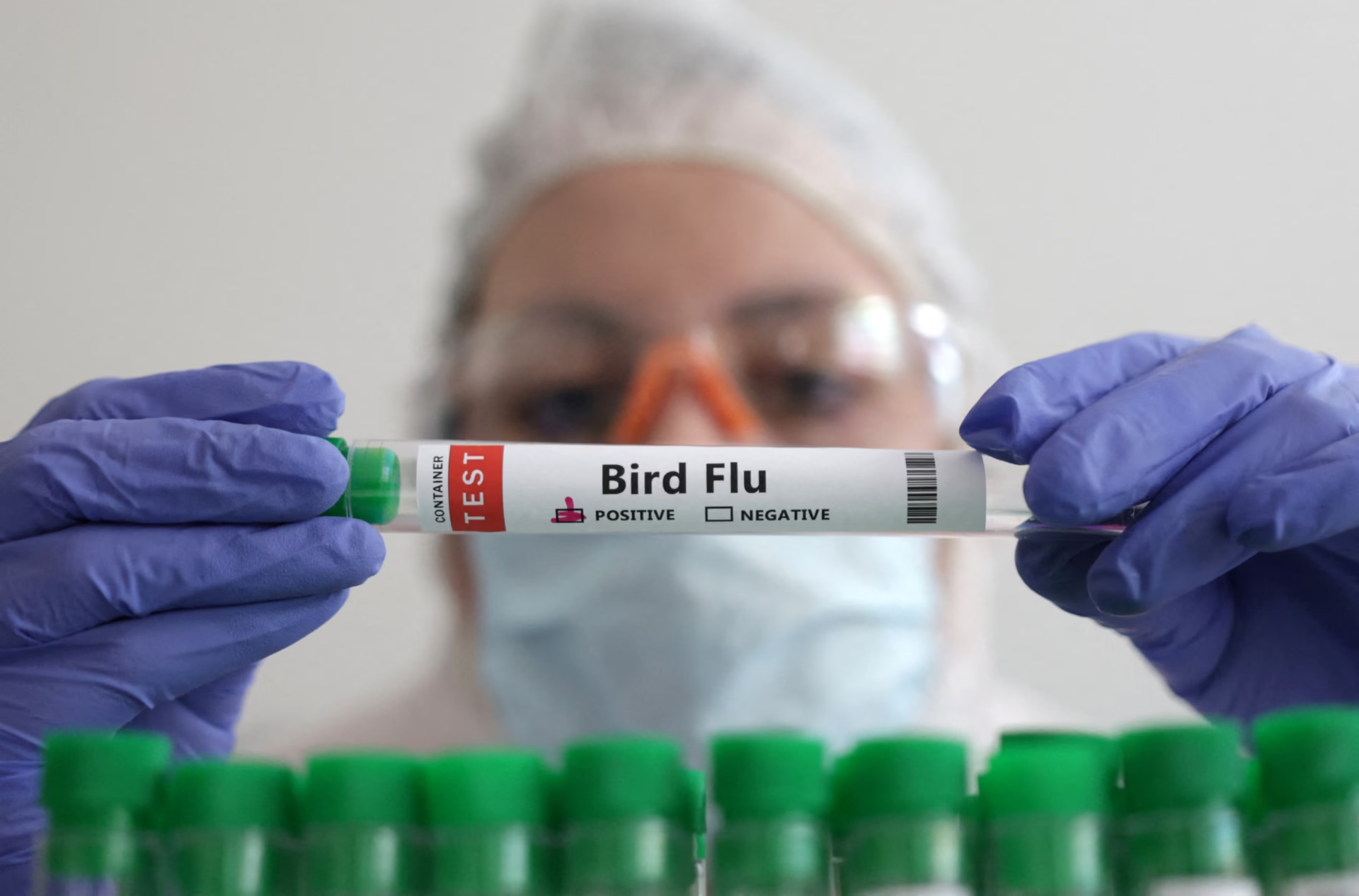EU Agencies Warn of Mutating Bird Flu Virus Risk to Humans
In a troubling development, two leading European health and food safety authorities have raised alarms over the increasing risk of bird flu, or avian influenza, mutating into a strain capable of human-to-human transmission. The European Centre for Disease Prevention and Control (ECDC) and the European Food Safety Authority (EFSA) are now closely monitoring variants of the H5N1 and H5N9 strains of the virus, as part of a coordinated effort to prevent future pandemics.
Bird flu has devastated poultry industries worldwide, killing hundreds of millions of birds in recent years. It has also spread to mammals, further increasing concerns that the virus could adapt to human hosts. The recent emergence of H5N9 in California’s poultry farms, coupled with the ongoing spread of H5N1, has escalated these fears. ECDC experts have identified 34 genetic mutations that could increase the virus’s ability to infect humans. These mutations, combined with the increasing mixing of viruses from animals and human activities like urbanisation, significantly amplify the risk of zoonotic diseases spreading across populations.
Both the ECDC and EFSA have emphasised the importance of continued genetic analysis, urging animal and public health laboratories to monitor these mutations closely. The authorities have provided a list of mutations that may increase the likelihood of bird flu transmission to humans, calling for vigilant surveillance and regular updates of the strain data. This proactive approach aims to track and respond swiftly to emerging threats, particularly in light of previous lessons from pandemics that began with animal-to-human transmission, such as COVID-19.
Sustainability and Public Health Concerns in an Urbanising World
As the world becomes more urbanised, human-animal interactions increase, creating greater opportunities for pathogens to spill over from animals to humans. Urbanisation, deforestation, and global trade all contribute to the rise of zoonotic diseases. For instance, intensive farming practices, which are common in poultry industries, may lead to an environment where viruses like bird flu can mutate and spread. This is a critical concern for public health globally, particularly in urban centres where dense populations and frequent international travel create ideal conditions for the rapid spread of infectious diseases.
The challenge of addressing bird flu’s growing risk is also closely tied to sustainable agricultural practices. To mitigate the emergence of zoonotic diseases, it is crucial to focus on more sustainable farming and food safety practices that minimise the contact between animals and human populations. Increasing awareness about biosecurity measures and promoting responsible farming can reduce the risk of future outbreaks. Moreover, ensuring that countries, especially those with high agricultural outputs, invest in modernising their animal health systems is essential for preventing pandemics.
Public Health Strategies for Preventing a Bird Flu Pandemic
The European agencies have called for comprehensive measures to combat the growing bird flu threat. This includes the vaccination of poultry, rigorous monitoring of both animal and human populations, and enhanced surveillance of genetic mutations in avian influenza viruses. By establishing these measures, authorities aim to prevent any outbreaks that could trigger human-to-human transmission. Furthermore, the public health approach should also include better education and training for farmers and health professionals in detecting early signs of infection.
The agencies’ recommendations underscore the need for coordinated efforts across governments, health organisations, and the private sector. With the potential for severe economic and public health impacts, particularly in Europe’s agricultural sector, these investments in surveillance and preparedness are crucial. As highlighted in the ECDC and EFSA reports, the future of combating bird flu and other zoonotic diseases will depend on early detection, rapid response, and sustained global cooperation. Only by maintaining vigilance and adapting strategies to the evolving nature of these pathogens can the world safeguard itself against the possibility of a pandemic.
A Long-Term Commitment to Preventing Future Pandemics
This rising threat of bird flu is a stark reminder of the unpredictability of zoonotic diseases and the pressing need for global collaboration on health and sustainability. The challenges posed by avian influenza also reflect a broader environmental issue: how the way humans interact with nature, agriculture, and urban spaces can directly impact health outcomes. Efforts to prevent future pandemics must be embedded within a broader sustainability agenda that takes into account the health of ecosystems, biodiversity, and responsible urbanisation.
The bird flu crisis emphasises the critical role of prevention and the importance of an integrated, one-health approach that considers both human and environmental health. By fostering collaboration between health agencies, governments, and industries, the world can work towards a more sustainable future—one that reduces the risk of zoonotic diseases while promoting economic and public health resilience. As this issue develops, staying informed, remaining vigilant, and acting decisively will be key in safeguarding both public health and sustainability.




